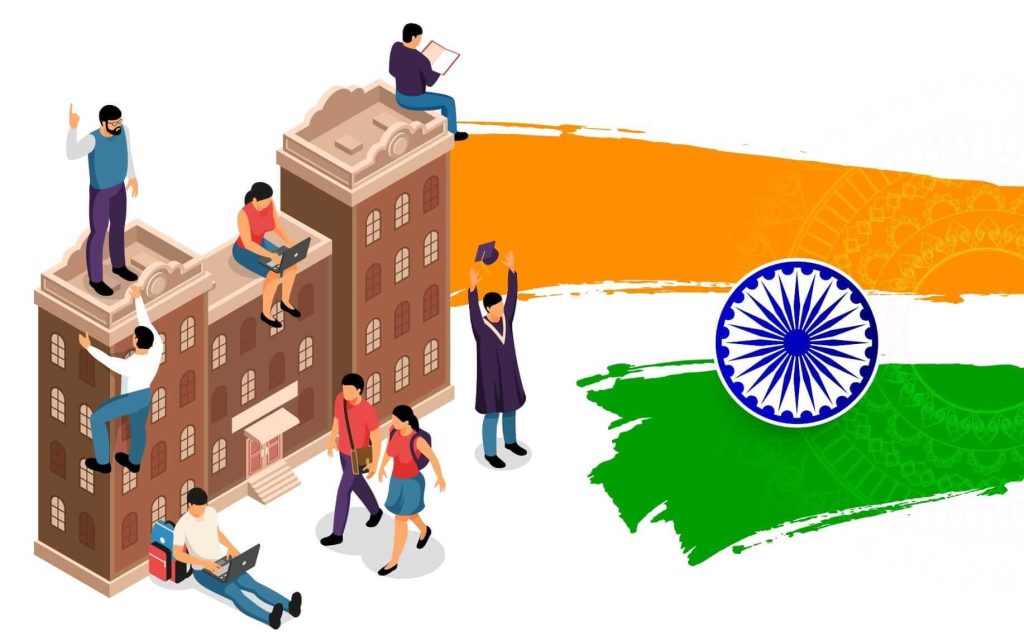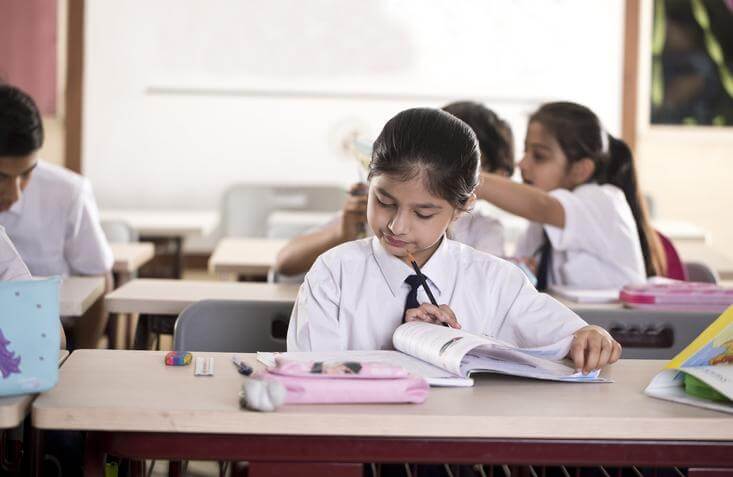Education India Live.com is a dynamic and multifaceted sector that plays a pivotal role in shaping the nation’s future. Managed primarily by the state-run public education system, it operates under the guidance of the government at various levels: central, state, and local. This article delves into the intricacies of education in India, exploring its structure, challenges, and recent developments, with a particular focus on Education India Live.com, a platform catering to educational updates and resources. Check gkgsinhindi com.
Education System in India
The foundation of India’s education system is rooted in the Constitution and legislative enactments like the Right of Children to Free and Compulsory Education Act, 2009. This legislation mandates free and compulsory education as a fundamental right for children aged 6 to 14, aiming to ensure universal access to primary education.
Levels and Types of Education: Education India Live.com
Education in India encompasses various levels and types, catering to the diverse needs of its population. These include:
- Early Childhood Education: Focuses on the development of children aged 3 to 6 years, laying the groundwork for their cognitive, emotional, and social development.
- Primary Education: Covers grades 1 to 5, providing foundational knowledge and skills in subjects like language, mathematics, science, and social studies.
- Secondary Education: Encompasses grades 6 to 10 or 12, offering a broader curriculum and preparing students for higher education or vocational training.
- Higher Education: Includes undergraduate, postgraduate, and doctoral programs offered by universities, colleges, and specialized institutions across the country.
- Vocational Education: Equips individuals with practical skills and training for specific trades or professions, promoting employability and entrepreneurship.

Challenges and Disparities
Despite significant strides, the Indian education system grapples with numerous challenges and disparities, influenced by factors such as location, gender, caste, religion, language, and disability.
- Urban-Rural Divide: Disparities in infrastructure, resources, and quality of education persist between urban and rural areas, limiting access and opportunities for rural students.
- Gender Disparities: Gender bias and societal norms often result in lower enrollment and retention rates among girls, particularly in rural and marginalized communities.
- Caste and Social Status: Discrimination based on caste and social status can hinder educational attainment and perpetuate inequalities in access and outcomes.
- Language Barriers: The diversity of languages spoken across India poses challenges for non-native speakers, impacting their ability to fully engage with the curriculum.
- Disability Accessibility: Accessibility and inclusivity for students with disabilities remain inadequate, with limited provisions for special education and support services.
Recent Developments and Initiatives
In recent years, several initiatives and reforms have been introduced to address the shortcomings of the education system and enhance its effectiveness:
- Education India Live.com: A comprehensive online platform providing educational news, updates, resources, and examination-related information, catering to the needs of students, parents, and educators.
- National Eligibility cum Entrance Test (NEET): A standardized medical entrance examination conducted for admission to undergraduate medical courses in India, aimed at promoting transparency and merit-based selection.
- Common Entrance Tests (CET): State-level entrance examinations conducted for admission to engineering, medical, and other professional courses, streamlining the admission process and reducing dependency on multiple entrance exams.
- UGC NET (National Eligibility Test): A national-level examination for determining the eligibility of candidates for the post of Assistant Professor and Junior Research Fellowship in Indian universities and colleges, ensuring quality in higher education.
Conclusion
Education in India is a complex and evolving ecosystem that requires concerted efforts from policymakers, educators, stakeholders, and the community at large to address its challenges and unlock its potential. Initiatives like Education India Live.com and reforms in examination systems signify positive steps towards enhancing accessibility, equity, and quality in education. By prioritizing inclusivity, innovation, and holistic development, India can nurture a vibrant and empowered generation capable of driving its socio-economic progress in the years to come. Webmail.sunpharma
FAQS
What is the education system like in India?
- The education system in India is primarily managed by the state-run public education system, overseen by the government at various levels: central, state, and local. It encompasses different levels of learning, including early childhood education, primary education, secondary education, higher education, and vocational education.
Is education free for all in India?
- The Right of Children to Free and Compulsory Education Act, 2009, mandates free and compulsory education as a fundamental right for children aged 6 to 14 in India. However, challenges related to accessibility, quality, and infrastructure persist, particularly in rural and marginalized communities.
What are the major challenges facing the education system in India?
- The Indian education system faces several challenges, including disparities based on factors such as location (urban-rural divide), gender, caste, religion, language, and disability. Other challenges include inadequate infrastructure, teacher shortages, outdated curriculum, and low retention rates.
How does Education India Live.com contribute to the education sector?
- Education India Live.com is an online platform that provides educational news, updates, resources, and examination-related information to students, parents, and educators. It serves as a valuable resource for staying updated on educational developments, accessing study materials, and preparing for examinations.
What are NEET and CET in the context of education in India?
- NEET (National Eligibility cum Entrance Test) is a standardized medical entrance examination conducted for admission to undergraduate medical courses in India. CET (Common Entrance Test) refers to state-level entrance examinations conducted for admission to engineering, medical, and other professional courses, streamlining the admission process and reducing dependency on multiple entrance exams.
How does the Indian government ensure quality in higher education?
- The Indian government conducts various national-level examinations, such as UGC NET (National Eligibility Test), to determine the eligibility of candidates for the post of Assistant Professor and Junior Research Fellowship in universities and colleges. Additionally, accreditation bodies like the National Assessment and Accreditation Council (NAAC) assess and accredit higher education institutions based on predefined quality parameters.
What measures are being taken to address gender disparities in education?
- Efforts to address gender disparities in education include initiatives like Beti Bachao, Beti Padhao (Save the Daughter, Educate the Daughter) campaign, scholarships for girls, provision of infrastructure like separate toilets for girls in schools, and awareness programs aimed at changing societal attitudes towards girls’ education.
How can individuals contribute to improving education in India?
- Individuals can contribute to improving education in India by volunteering with educational organizations, supporting initiatives aimed at promoting access and quality education, advocating for policy reforms, mentoring students, and actively participating in community engagement activities related to education.
